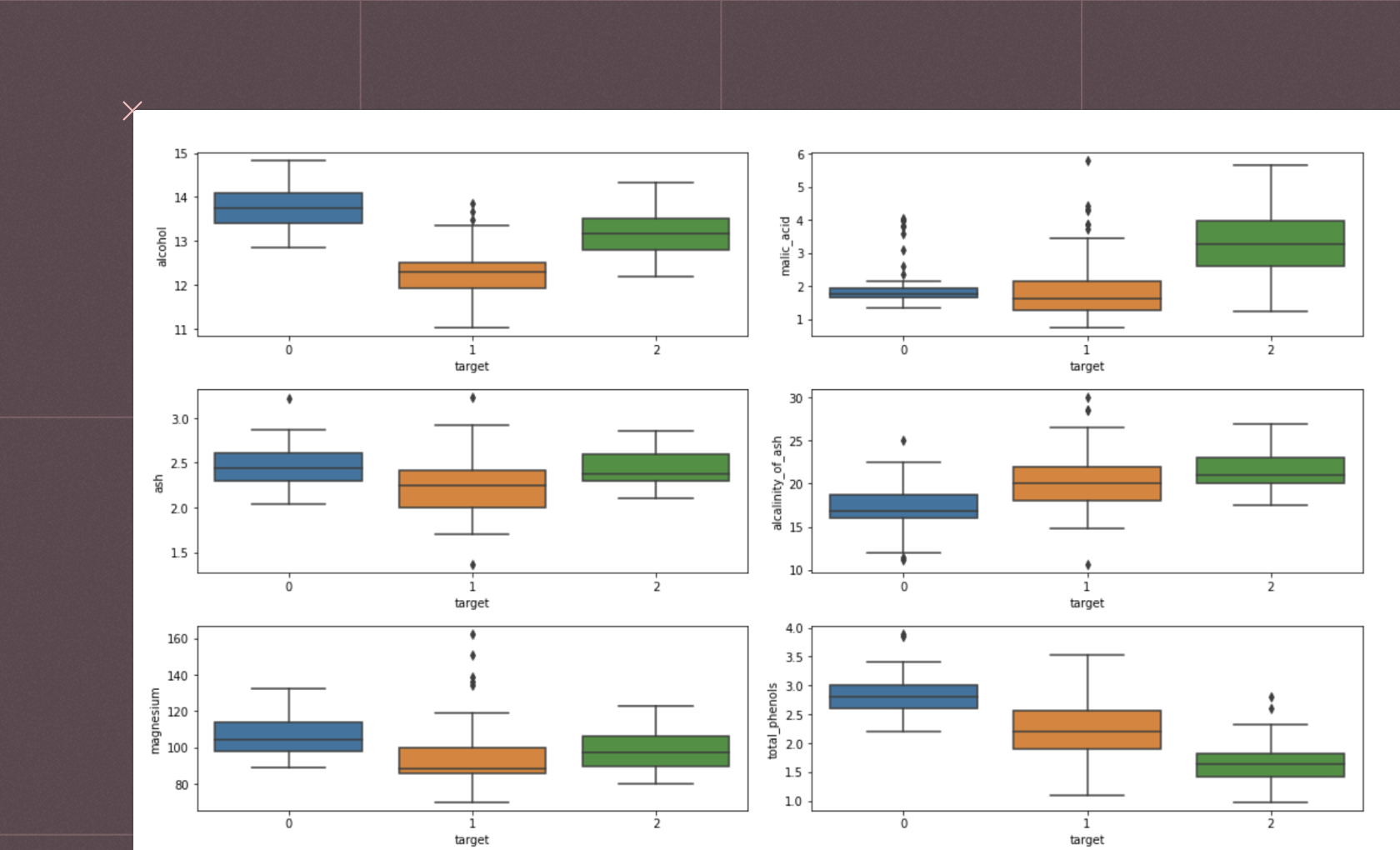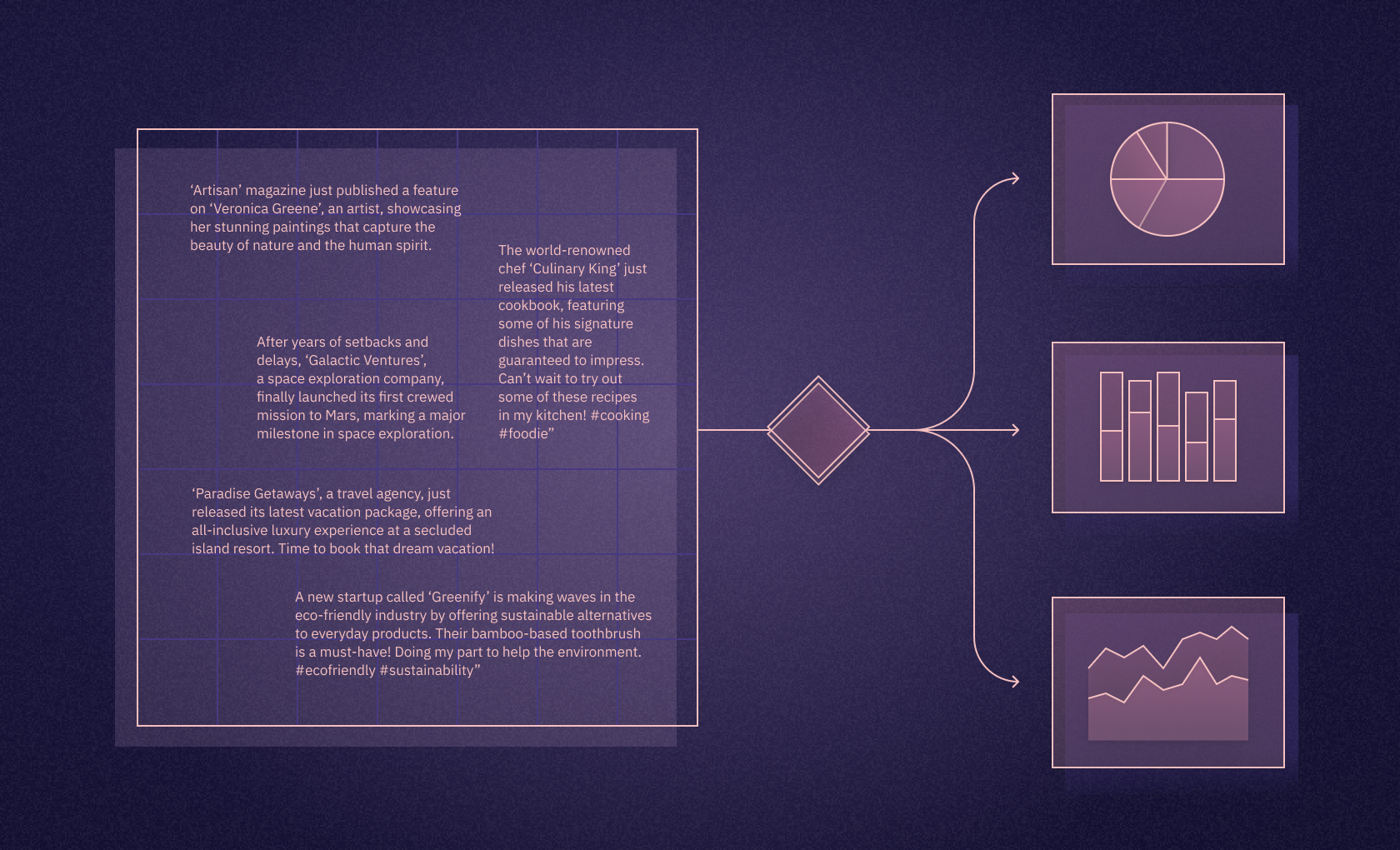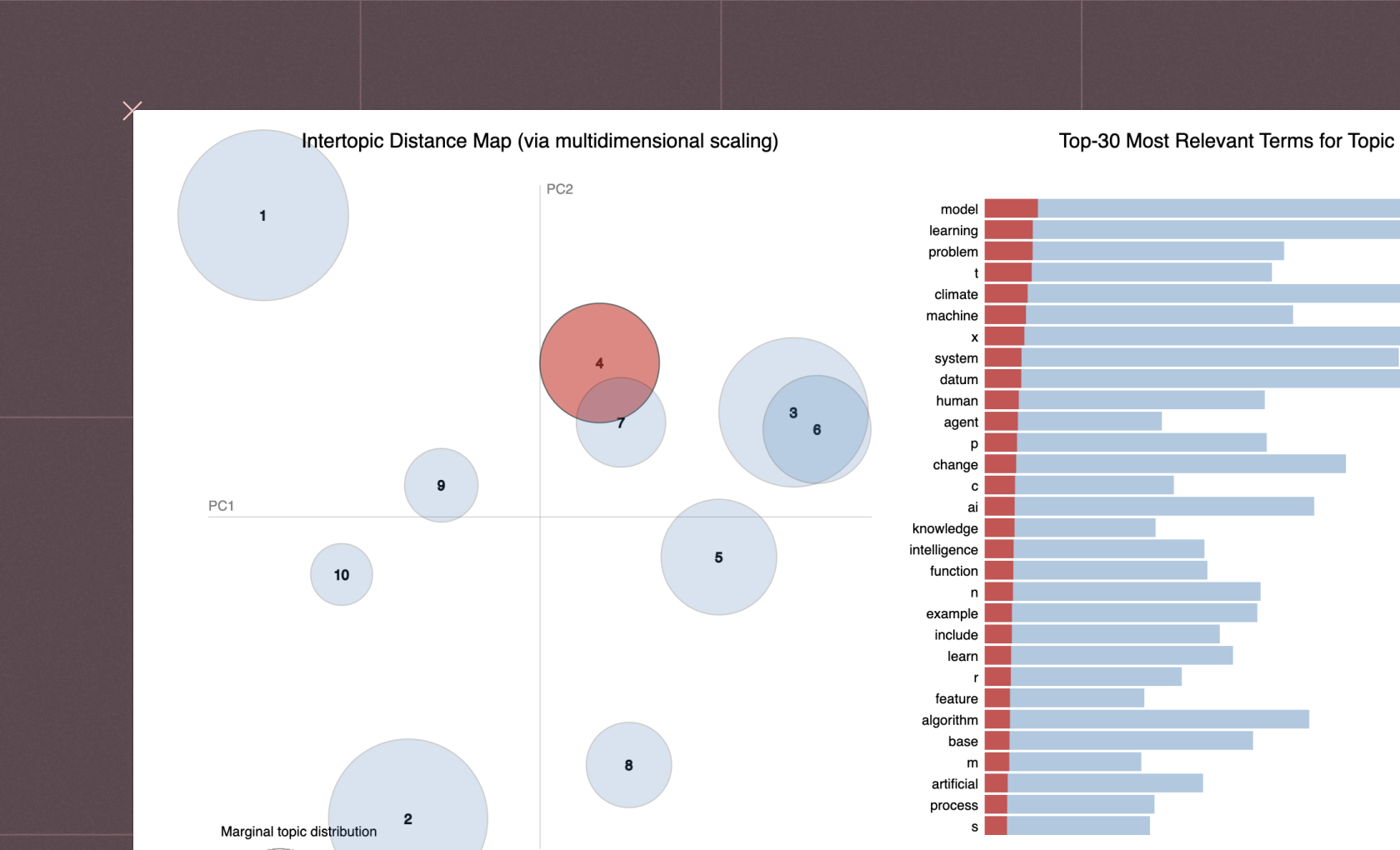A quick guide to Natural Language Processing
Natural Language Processing (NLP), an integral branch of Artificial Intelligence (AI), is about making machines understand and respond to human language, thereby bridging the gap between human communication and machine understanding. Through NLP algorithms, AI applications can interpret, recognize, and even generate human language in a meaningful and useful way.
What is NLP?
NLP includes tasks like text classification, part-of-speech (POS) tagging, and information extraction, each serving a unique purpose in understanding the complexity of human language. Text classification categorizes text into predefined groups, while POS tagging assigns grammatical information to individual words in a sentence, such as denoting a word as a noun, verb, or adjective. Information extraction, on the other hand, identifies and extracts structured information from unstructured text data.
At the core of NLP lies Natural Language Understanding (NLU) and Natural Language Programming (NLP). NLU involves interpreting the nuances and context of the human language, allowing AI to respond appropriately. Natural Language Programming is about writing algorithms and statistical models to direct AI in understanding and utilizing human language effectively.
NLP in action
The process typically begins with text data being input into NLP algorithms. This data is then tokenized using tools like the SpaCy tokenizer, which breaks down the text into individual words or tokens. Tokens are then analyzed for root words, a process that often involves removing stop words - commonly used words like "is," "and," "the," which offer little semantic value.
Let's consider a simple NLP task using Python's NLTK (Natural Language Toolkit) library: tokenization, which breaks up text into words, phrases, or other meaningful elements called tokens.
import nltk
nltk.download('punkt') # Download the Punkt tokenizer
text = "Hello, world! I'm learning NLP."
# Tokenize the text
tokens = nltk.word_tokenize(text)
print(tokens)The output will be:
['Hello', ',', 'world', '!', 'I', "'m", 'learning', 'NLP', '.']This simple task is a foundational step in many complex NLP processes, as handling individual words often provides the basis for further analysis like determining the sentiment of the sentence or translating it into another language.
Word frequency, the count of how often each word appears, provides insight into text data's key themes. Similarly, POS tagging and recognition of noun phrases contribute to understanding the text's grammatical structure and context.
Another sophisticated aspect of NLP tasks is entity linking, which connects distinct data points to create meaningful relationships and establish context. For instance, linking the entity "Washington" with "USA" can clarify that the reference is to a city, not a person.
Modern NLP techniques
Deep Learning Models and Deep Neural Networks, the backbone of modern NLP, learn from vast amounts of text data, improving their understanding and prediction abilities over time. They identify patterns and trends in the way language is used, making sense of unique words, common words, noun phrases, and the frequency of words.
The evolution of large language models, like GPT-4, has significantly boosted the performance of NLP. These models can generate human-like text, demonstrating a remarkable understanding of language semantics, style, and context.
The realm of Natural Language Processing for text is vast and exciting. From simple tasks of identifying common and unique words to complex undertakings of entity linking and information extraction, NLP is making waves in the AI landscape, powered by advanced algorithms, deep learning models, and sophisticated tools like SpaCy models.
See what else Hex can do
Discover how other data scientists and analysts use Hex for everything from dashboards to deep dives.
FAQ
As of now, NLP has seen significant advancements with the advent of transformer-based models like BERT and GPT, but it continues to be an active area of research to tackle challenges like understanding complex language nuances and context.
To start with Natural Language Processing, begin with basics of linguistics and machine learning, then delve into NLP-specific topics like text preprocessing, POS tagging, and NLP libraries like NLTK or SpaCy.
The parameters of Natural Language Processing typically include the input text data, the NLP task (e.g., text classification, sentiment analysis), the specific NLP techniques used, and the output requirement (e.g., a classification, a generated response).
A widely respected textbook in the field is "Speech and Language Processing" by Daniel Jurafsky and James H. Martin.
Natural Language Processing Models are computational models used in NLP to understand, interpret, generate, and respond to human language.
The field of NLP is a branch of AI that focuses on the interaction between computers and humans through natural language, aiming to read, decipher, understand, and make sense of human language in a valuable way.
The scope of NLP extends to numerous applications, including search engines, voice assistants, automated customer support, translation services, and sentiment analysis in social media.
NLP is difficult because human language is complex, ambiguous, and highly context-dependent. It's challenging to create models that can understand these nuances, especially across different languages and cultures.
The future of NLP is likely to involve increasingly sophisticated AI models that understand context, emotion, and subtlety in language, and can generate more coherent and contextually accurate responses.
NLP works by converting text into a form that machines can understand, analyzing it using various NLP techniques, and then using algorithms to extract meaning, context, or to generate a response.
The "best" method for NLP depends on the task at hand, but deep learning models, specifically transformer-based models like BERT or GPT, have shown excellent results across a range of tasks.
Natural language processing components include tokenization, POS tagging, named entity recognition, dependency parsing, sentiment analysis, and text classification, among others.
Advantages of NLP include efficient information retrieval, improved customer service through chatbots, accurate sentiment analysis, language translation, and creating more intuitive human-machine interfaces.
Natural language processing is considered important as it enables machines to understand and respond to human language, thus creating more natural, efficient, and effective interfaces between humans and machines.
Natural language processing in artificial intelligence refers to the ability of an AI system to understand, interpret, generate, and respond to human languages in a manner that's both meaningful and contextually appropriate.
Natural language processing researchers develop and refine algorithms and statistical models to better understand human language, develop language-related applications, and improve machine learning models that handle text data.
NLP or Natural Language Processing is a subfield of AI that focuses on how computers can understand, interpret, and respond to human languages in a valuable and meaningful way.
In layman's terms, NLP is the process by which computers understand, interpret, and respond to human language, much like how we understand each other when we speak or write.
The basics of natural language processing (NLP) include text tokenization, part-of-speech tagging, named entity recognition, semantic understanding, and machine learning models to understand and generate human language in a meaningful way.
Can't find your answer here? Get in touch.






